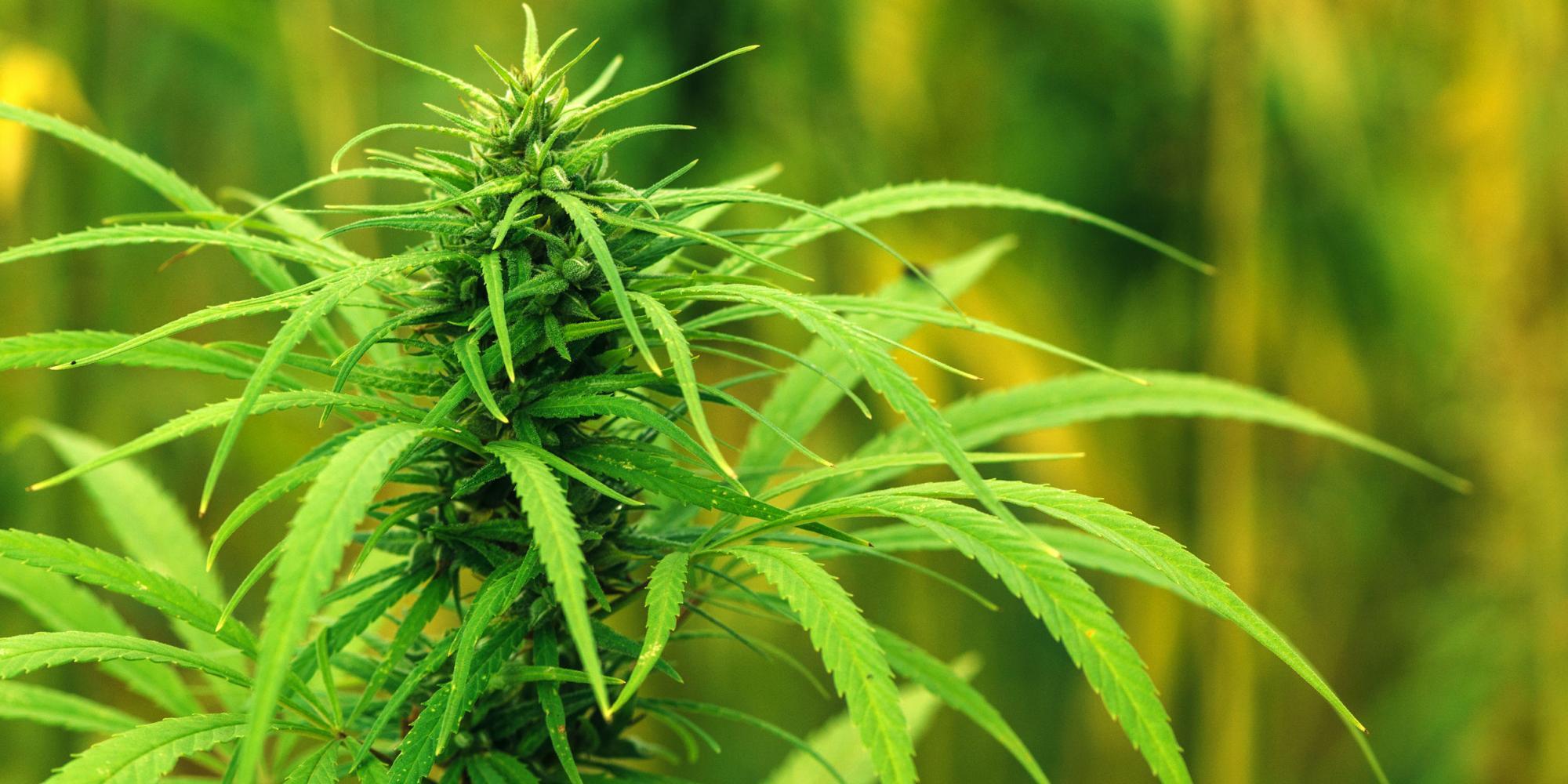11.21.2025
Sausage casings bulletin, November 21, 2025

...

The economics of hemp production are a moving target at this stage of industry development. A large part of this is due to the lack of historical hemp prices, and unclear supply and demand. Hemp prices dictate revenues, but profitability will ultimately rest on efficiency and lowering costs of production.
Both costs and revenues vary considerably between the various hemp market segments. Cannabinoids are especially unclear now amidst the collapse of the extract economy. ∆8THC has been responsible for many operators continued solvency, but as we discussed yesterday, ∆8 is under increased pressure in key states like Oregon. Other states like Alabama are more amiable towards the molecule, couched in an overall trend towards cannabis legalization. The fact that Alabama does not have a lucrative adult use industry lengthens the runway for ∆8 there.
Costs for cannabinoid production vary widely, but much of the production continues to be hand harvested. A common formula that emerged in 2019 was the harvesting of the top end colas, and then machine harvesting the balance. Colorado, Oregon, Montana, and Kentucky had more combine activity in their hemp harvests, but the success of combines in cannabinoid hemp has been mixed. Fewer US hemp producers will be harvesting by hand in 2021, and certainly fewer acres.
Canadian farmers have more experience combine harvesting hemp in North America after their decades of hempseed production. Many of them looked on with envy as the US geared up in 2019 for a massive CBD crop. Canadian producers were unable to plant cannabinoid rich varieties developed in the US and began to explore the practicality of extracting residual crop after harvesting the grain.
This “broadacre” approach is conceptually appealing from a sustainability perspective. The residue after hempseed harvest is low in cannabinoids, but there are molecules there to extract. Whether it is practical, or profitable to do so, is the big question. Demand is a pivotal aspect of the profitability of dual cropping hempseed and cannabinoids.
Now that Canadian producers have access to approved feminized varieties with higher CBD, we’ll see more experimentation with new genetics. Companies like New West Genetics have focused on developing seed genetics for row crop production. Colorado may emerge as a US center for dual cropping, with more mature markets there for cannabinoids, as well as some hempseed production and processing.
The immediate challenge confronting producers on either side of the border is that increasing cannabinoids decreases flowability of the crop. Sticky, resinous, green chop is poorly suited to conventional combines, meant to handle dried grains. Modifications have helped, and some manufacturers have emerged to design and build machinery suitable for dual cropping, like Formation Ag in Colorado, and Hemp Harvest Works in nearby Nebraska.
So we know that there has been some success in advancing dual crop harvest equipment, but whether hempseed and cannabinoids are a practical combination is yet to be seen. Hempseed producers should arguably be oriented towards a 3000 lb/acre harvest goal, which will be difficult to achieve if selection for cannabinoids is prioritized over yields. Hempseed will benefit from breeding activity to improve feeding value, as well as agronomic traits. In our discussion with Canadian hempseed industry pioneers last week, they were skeptical about the viability of dual cropping hempseed and cannabinoids. More research is needed to understand the complex biological processes, some of which – like terpenes – may be important to pest resistance and overall yields.
There is growing consensus that the most practical dual crop is one grown for hempseed and fiber. This assumes demand for hemp fiber, along with swelling demand for hempseed derivatives, once they’re approved for livestock feeds. There is some skepticism that hemp fiber can stand on its own, that it only pencils out as a by-product to hempseed crops. There are so many different applications for hemp fiber that there is no blanket standard or specification for it. Premium bast fiber is unlikely to come from the residue of a grain crop, since grain maturity and bast fiber quality are mutually exclusive.
What we may see in the future, is breeding towards specific characteristics, like higher grain yields with enhanced amino acid profiles. Once these primary goals are met, selecting for instances of complementarity, and by-products that may be effectively monetized. Agriculture is a low margin industry, so the boundaries separating the various hemp industry segments will blur over coming decades as farmers seek profitability with the crop.